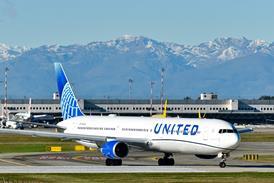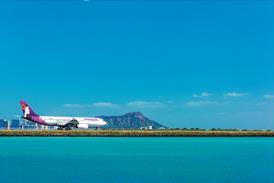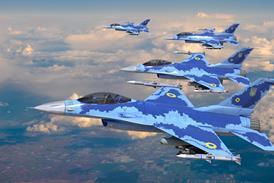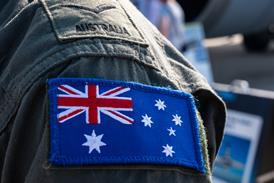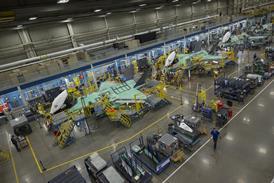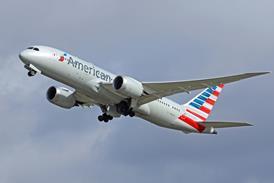Karen Walker/TAMPA
THE US FEDERAL Aviation Administration has come under fire from NASA and industry for pulling its funding from a programme aimed at rejuvenating general aviation (GA) and attracting new student pilots.
NASA has warned that, without the FAA's share of funding for the Advanced General Aviation Transportation Experiments (AGATE) programme, the revitalisation of GA will not happen.
Paul Fiduccia, president of the US Small Aircraft Manufacturers Association, has appealed to the FAA to "...put its money where its mouth is", and return the $4 million which it had originally allocated towards 1997 funding for AGATE work.
The AGATE programme was launched in 1994. It brings together the US Government, NASA, industry and aviation organisations to develop technologies which can be incorporated into future GA aircraft, making them easier to fly and operate and, therefore, more attractive to potential pilots.
Bruce Holmes, who heads the programme at NASA Langley, Virginia, says that the lack of FAA funding, is a "huge road block" and means that the AGATE, will not be a free flight programme as intended, nor will it be able to look at ways of reducing the cost and time of training, a critical issue, if new pilots are to be drawn in. "NASA is supporting the vehicle and the FAA is supporting the infrastructure," says Holmes. "Without the infrastructure, the programme is going nowhere. Industry believes that the key to making the AGATE successful is the FAA. We won't get revitalisation without them."
It is understood that NASA administrator Dan Goldin has requested a meeting with FAA Administrator David Hinson to discuss the issue.
Hinson in March introduced the launch of yet another campaign aimed at revitalising the GA industry by increasing the US pilot population. At the FAA's GA-forecast conference in Tampa, Florida, the US General Aviation Manufacturers Association and the Aircraft Owners and Pilots Association invited GA businesses, associations and organisations to join GA Team 2000, a programme which aims to see at least 100,000 student starts a year from 2000.
Source: Flight International

